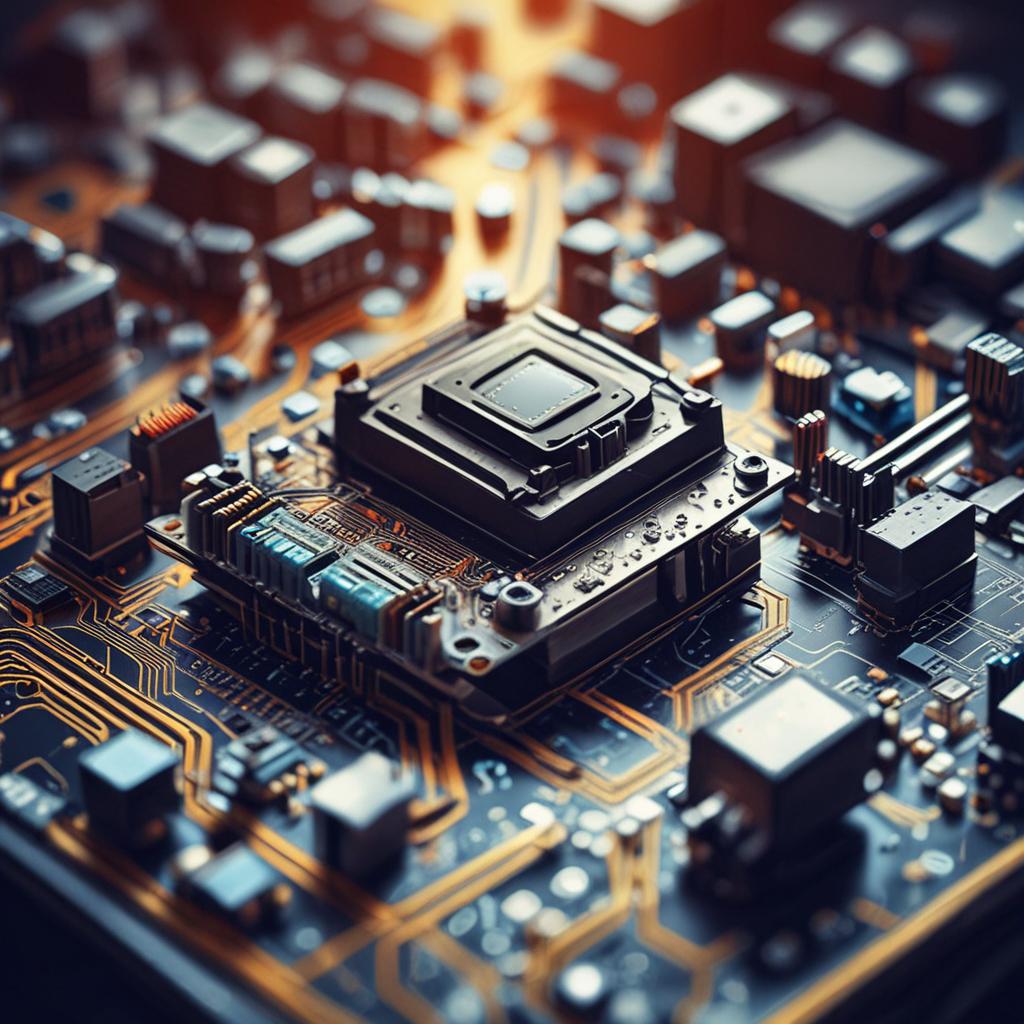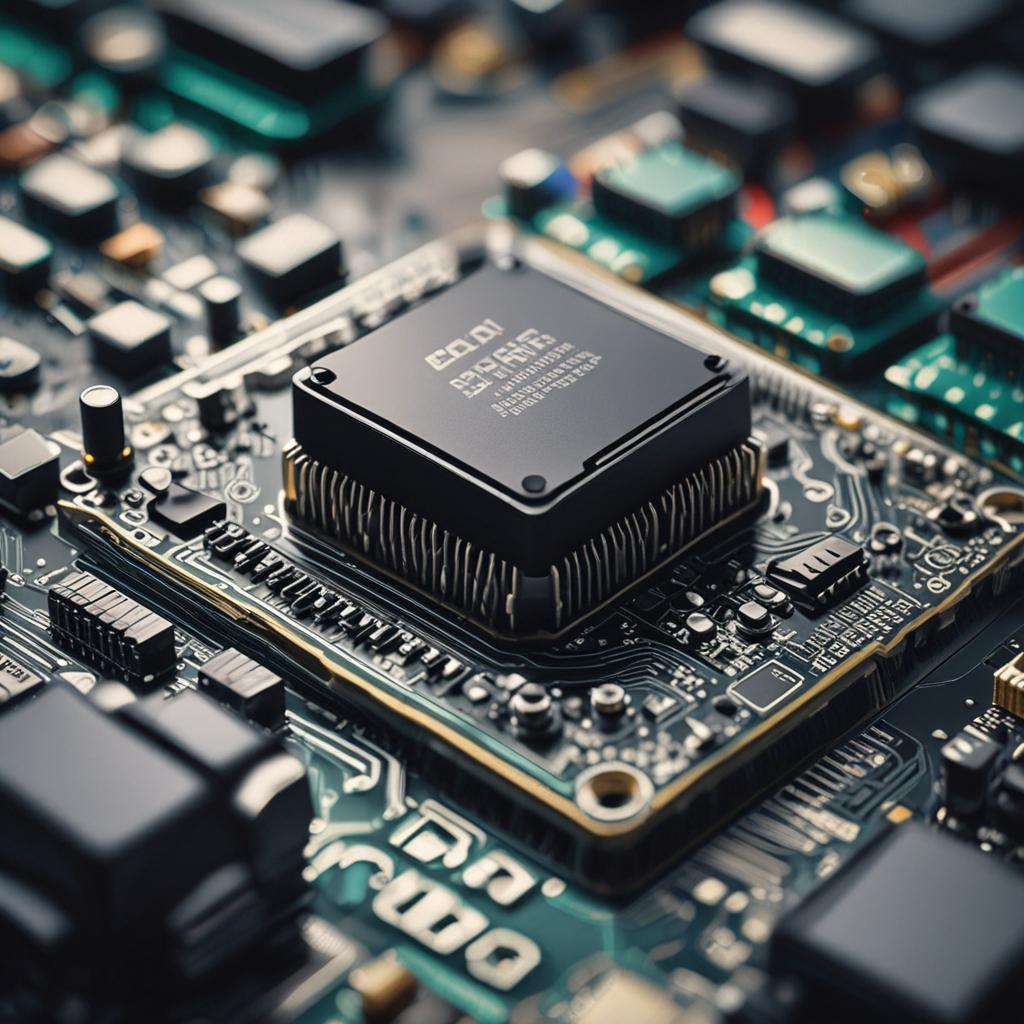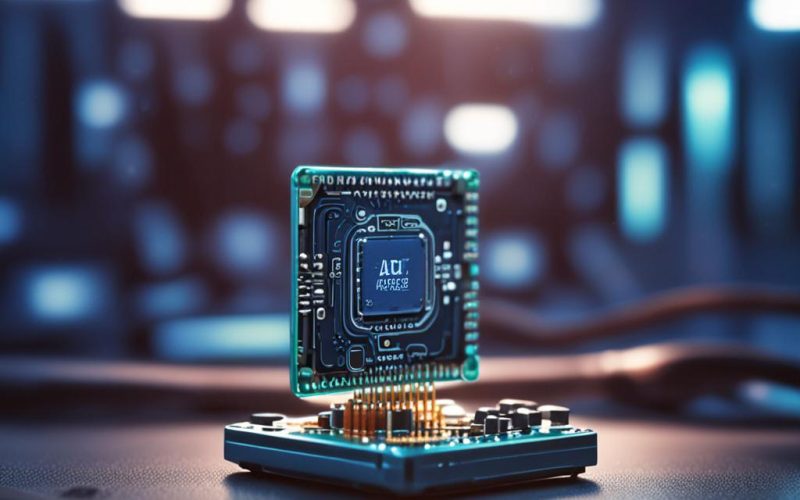Table of Contents Show
The landscape of artificial intelligence is rapidly evolving, with a significant shift toward decentralized, on-device processing. This movement, known as edge computing, empowers devices to perform machine learning (ML) tasks locally without relying on cloud infrastructure. By leveraging microcontrollers—compact, low-power chips embedded in everyday devices—edge AI is unlocking new possibilities for real-time decision-making, data privacy, and energy efficiency. From smart sensors in agriculture to wearables that monitor health, ML on microcontrollers is transforming industries by bringing intelligence closer to the source. This blog explores the advantages, applications, and future of edge AI, focusing on how microcontroller-based machine learning is reshaping the world of connected devices.
Understanding AI on the Edge
What is Edge Computing?
Edge computing is a decentralized approach where data processing occurs near the source of data generation, rather than in a distant cloud server. This model reduces the time and resources needed to transmit information, enabling faster responses and lower latency. For example, a smart thermostat analyzing temperature data locally can adjust settings instantly, without waiting for a cloud-based server to process the input.
Edge AI vs. Cloud AI – Key Differences
Edge AI differs from cloud AI in where computations take place. While cloud AI relies on centralized servers for processing, edge AI executes tasks directly on the device. This distinction is critical for applications requiring immediate feedback, such as industrial safety systems or autonomous vehicles. Additionally, edge computing minimizes bandwidth usage, making it ideal for remote locations with limited connectivity.
Machine Learning on Microcontrollers – A Brief Overview
Running ML on microcontrollers (MCUs) involves optimizing algorithms to function within their limited memory and processing power. Frameworks like TensorFlow Lite for Microcontrollers and ARM Cortex-M series chips have made this feasible by enabling lightweight models. These tools allow developers to deploy ML in devices as small as a wristwatch, opening doors for innovative edge applications.

Key Advantages of Microcontroller-Based Machine Learning
Real-Time Processing with Minimal Latency
Microcontrollers enable instant data analysis, crucial for applications like real-time speech recognition in wearables or emergency shutdown systems in factories. Unlike cloud-based solutions, which face delays due to data transmission, edge ML ensures responses happen in milliseconds, improving reliability and user experience.
Enhanced Privacy and Data Security
By processing data locally, edge ML minimizes the risk of interception or breaches. For instance, a smart camera performing facial recognition on an MCU doesn’t need to send sensitive biometric data to external servers. This is especially valuable in healthcare, where patient data remains secure on wearable devices.
Energy Efficiency and Low Power Consumption
Microcontrollers are designed for energy efficiency, making them perfect for battery-powered devices. Techniques like quantization—reducing the precision of numerical computations—and model pruning help further cut power usage. A solar-powered environmental sensor using edge ML can operate for years with minimal energy input.
Cost-Effectiveness and Reduced Infrastructure Needs
Deploying ML on MCUs eliminates the need for expensive cloud subscriptions and high-end hardware. Small businesses or remote projects, such as smart agriculture, can afford to implement AI solutions at scale. This affordability also simplifies maintenance, as there’s less infrastructure to manage.
Scalability in Resource-Constrained Environments
Edge ML thrives in environments where memory and storage are limited. For example, thousands of soil moisture sensors in a vast farmland can use MCUs to analyze data individually, reducing the burden on central systems. This decentralized scalability ensures consistent performance even in large, distributed networks.
Key Metrics
Performance metrics for Ai on the Edge: Advantages of Ml on Microcontrollers
Real-World Use Cases of ML on Microcontrollers
IoT Devices and Smart Sensors
Edge ML powers predictive maintenance in industrial IoT, detecting equipment failures before they occur. Smart sensors in buildings also use local ML to monitor air quality, triggering alerts without cloud dependency.
Wearable Health and Fitness Technology
Devices like smartwatches now perform on-device analysis of heart rhythms, reducing reliance on smartphones or the cloud. This ensures continuous monitoring, even in offline scenarios, while preserving user privacy.
Industrial Automation and Robotics
Robots in manufacturing lines use edge ML for real-time quality control, identifying defects as they arise. Anomaly detection systems embedded in MCUs can also optimize energy use and prevent production halts.
Autonomous Vehicles and Drones
Microcontrollers with edge ML capabilities enable drones to navigate obstacles and vehicles to recognize pedestrians instantly. These systems rely on low-latency processing to function safely in dynamic environments.
Smart Agriculture and Environmental Monitoring
Edge ML helps farmers optimize irrigation by analyzing soil data locally. Similarly, weather stations in remote areas can predict storms using MCUs, ensuring timely warnings without internet connectivity.
Overcoming Challenges in ML on Microcontrollers
Computational Constraints and Model Optimization
Microcontrollers have limited processing power, requiring ML models to be simplified. Techniques like model compression and lightweight architectures, such as TinyML, help maintain accuracy while fitting within hardware constraints.
Balancing Performance and Power Consumption
Optimizing performance without draining batteries is a top priority. Developers use sleep modes, efficient coding practices, and hardware-specific optimizations to extend the lifespan of edge devices in the field.
Compatibility and Development Tools
Frameworks like TensorFlow Lite and Arduino provide pre-built tools for MCU ML, reducing development complexity. These platforms offer libraries, simulators, and code examples to streamline deployment for both beginners and experts.
Steps to Implement ML on Microcontrollers
Selecting the Right Tools and Frameworks
Choose tools that align with your MCU platform. TensorFlow Lite for Microcontrollers supports ARM Cortex-M chips, while Arduino’s ML libraries cater to hobbyists and professionals alike. Hardware platforms like STM32 and ESP32 are popular for their balance of power and affordability.
Model Optimization and Training Techniques
Optimize models using quantization (converting 32-bit weights to 8-bit) and pruning (removing unnecessary neurons). Transfer learning also helps, allowing developers to fine-tune pre-trained models for specific tasks without extensive retraining.
Hardware Integration and Deployment
Embedding ML models into MCUs requires careful testing. Start with simulation tools, then flash the optimized model onto the hardware. Ensure robustness by testing in real-world conditions, such as fluctuating temperatures for agricultural sensors.
Future Trends and Growth of Edge AI with Microcontrollers
Advancements in Microcontroller Hardware
Future MCUs will likely feature specialized AI accelerators, expanding their capacity to handle complex tasks. As memory and processing power improve, edge ML will become viable for even more sophisticated applications, like real-time language translation in portable devices.
Integration with 5G, LoRa, and AIoT
Combining edge ML with 5G’s low latency or LoRa’s long-range connectivity will enhance AIoT ecosystems. Devices can process data locally and share insights over networks, creating smarter cities and industries with seamless communication.

Emerging Opportunities in Remote and Embedded Systems
Edge ML on MCUs is set to revolutionize extreme environments. Imagine satellites analyzing sensor data during space missions or underwater drones monitoring coral reefs without relying on surface communication. These use cases highlight the technology’s resilience and adaptability.
Conclusion: Embracing the Potential of Edge AI
Microcontroller-based machine learning is a game-changer for edge computing, offering speed, security, and efficiency. As hardware advances and tools improve, the possibilities for embedded AI will only grow. By adopting edge ML, industries can build smarter, more autonomous systems that operate seamlessly in diverse environments. The future of AI lies not just in the cloud, but in the billions of devices right at the edge of the network.
FAQ Section: Common Questions About ML on Microcontrollers
1. What is the difference between edge computing and cloud computing in AI?
- Edge computing processes data locally on devices, minimizing latency and bandwidth use.
- Cloud computing relies on centralized servers, which can introduce delays and require internet connectivity.
- Edge AI is ideal for real-time applications, while cloud AI suits tasks needing massive computational power.
2. Which frameworks support ML on microcontrollers?

- TensorFlow Lite for Microcontrollers: Google’s framework for deploying ML on tiny devices.
- PyTorch Mobile: Facebook’s toolkit for optimizing models on low-power hardware.
- Arduino: Simplifies coding for hobbyists and professionals with ML libraries and shields.
3. How can ML on MCUs improve privacy in IoT devices?
- Data is processed locally, reducing exposure to hacking during transmission.
- Applications like voice-activated locks or health monitors keep sensitive information on-device.
- Less data sent to the cloud means fewer vulnerabilities for cybercriminals to exploit.
4. What are the limitations of deploying ML on microcontrollers?
- MCUs have limited memory, processing power, and storage compared to cloud servers.
- Complex models may require significant optimization to function effectively.
- Developers must balance accuracy with resource efficiency during training and deployment.
5. Can ML on MCUs be used in autonomous vehicles?
- Yes, edge ML enables real-time object detection and navigation in drones or cars.
- Lightweight models can identify obstacles, pedestrians, or traffic signals instantly.
- This reduces dependency on cloud connectivity and improves safety in unpredictable conditions.




